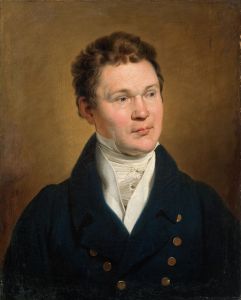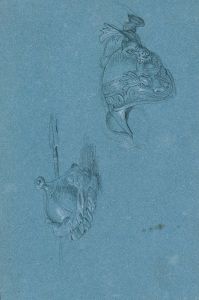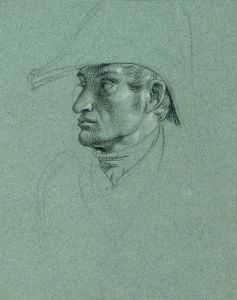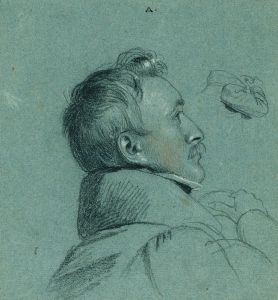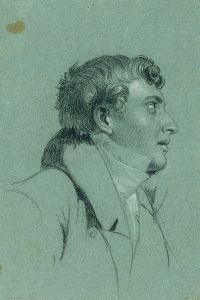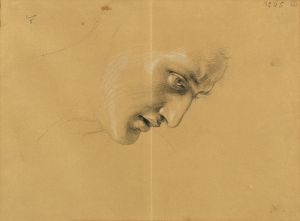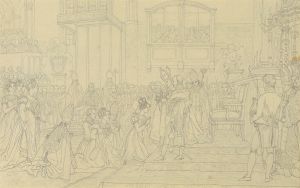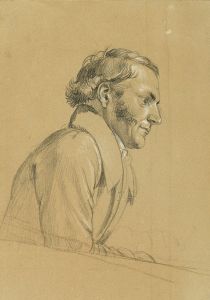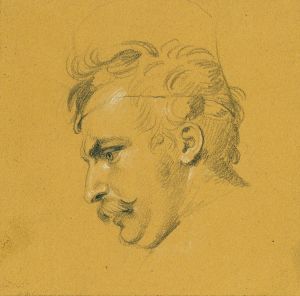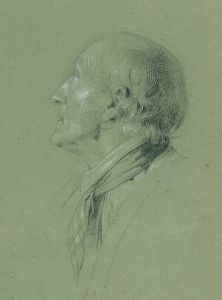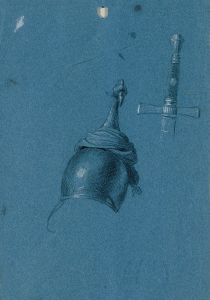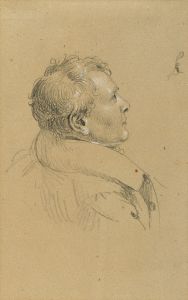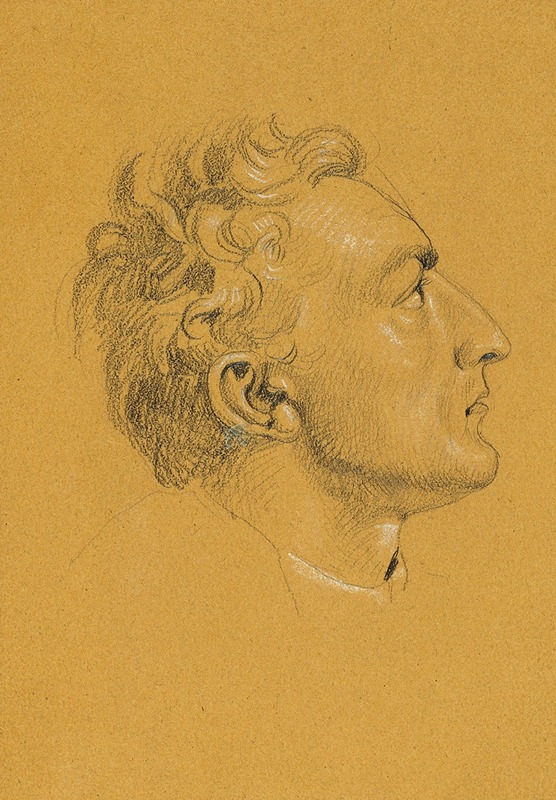
Kopfstudie zu ‘Rückkehr des Kaisers Franz aus Pressburg’
A hand-painted replica of Johann Peter Krafft’s masterpiece Kopfstudie zu ‘Rückkehr des Kaisers Franz aus Pressburg’, meticulously crafted by professional artists to capture the true essence of the original. Each piece is created with museum-quality canvas and rare mineral pigments, carefully painted by experienced artists with delicate brushstrokes and rich, layered colors to perfectly recreate the texture of the original artwork. Unlike machine-printed reproductions, this hand-painted version brings the painting to life, infused with the artist’s emotions and skill in every stroke. Whether for personal collection or home decoration, it instantly elevates the artistic atmosphere of any space.
Johann Peter Krafft was an Austrian painter known for his historical and genre paintings. One of his notable works is "Kopfstudie zu ‘Rückkehr des Kaisers Franz aus Pressburg’," which translates to "Head Study for 'The Return of Emperor Franz from Pressburg'." This painting is a preparatory study for a larger historical composition, reflecting Krafft's meticulous approach to capturing the likeness and expressions of his subjects.
Krafft was born in Hanau, Germany, in 1780 and later moved to Vienna, where he became a prominent figure in the Austrian art scene. He studied at the Academy of Fine Arts in Vienna and was influenced by the Neoclassical style, which is evident in his precise and detailed approach to painting. His works often depicted significant historical events and figures, aligning with the Romantic movement's interest in history and nationalism.
The "Head Study for 'The Return of Emperor Franz from Pressburg'" is part of Krafft's exploration of Austrian history, focusing on the period following the Napoleonic Wars. Emperor Franz I of Austria played a crucial role during this time, and his return from Pressburg (modern-day Bratislava) was a significant event. Pressburg was the site of the Peace of Pressburg in 1805, a treaty that marked the end of the War of the Third Coalition, one of the Napoleonic Wars. Although the treaty was a diplomatic defeat for Austria, it was a pivotal moment in European history.
Krafft's study likely served as a preliminary work to capture the essence and character of the figures involved in the larger composition. Such studies were common practice among artists of the time, allowing them to experiment with different expressions, lighting, and compositions before committing to the final piece. This particular study would have been used to ensure that the depiction of Emperor Franz and other key figures was both accurate and expressive.
Krafft's attention to detail and his ability to convey emotion through portraiture are evident in this study. His works are characterized by their clarity, composition, and the ability to capture the spirit of the age. The "Head Study for 'The Return of Emperor Franz from Pressburg'" exemplifies these qualities, showcasing Krafft's skill in rendering the human face with both realism and emotional depth.
Throughout his career, Krafft received numerous commissions from the Austrian court and was highly regarded for his contributions to historical painting. His works are part of several prestigious collections, and he remains an important figure in the study of 19th-century Austrian art. The "Head Study for 'The Return of Emperor Franz from Pressburg'" is a testament to his dedication to historical accuracy and artistic excellence, reflecting the broader cultural and political context of his time.





